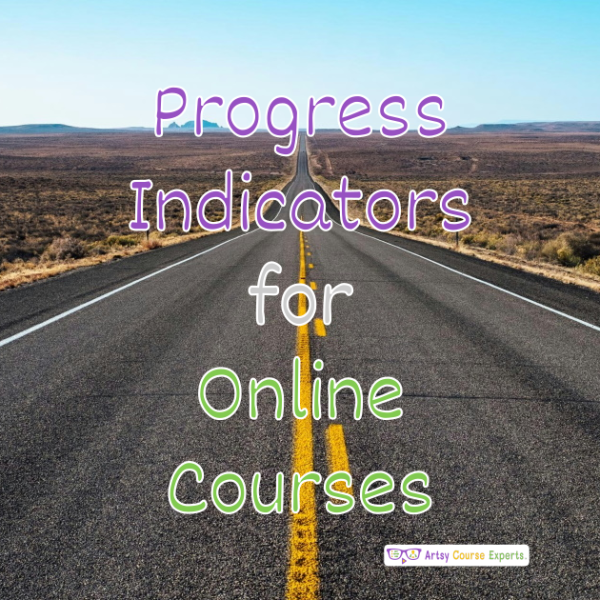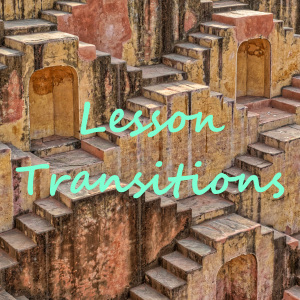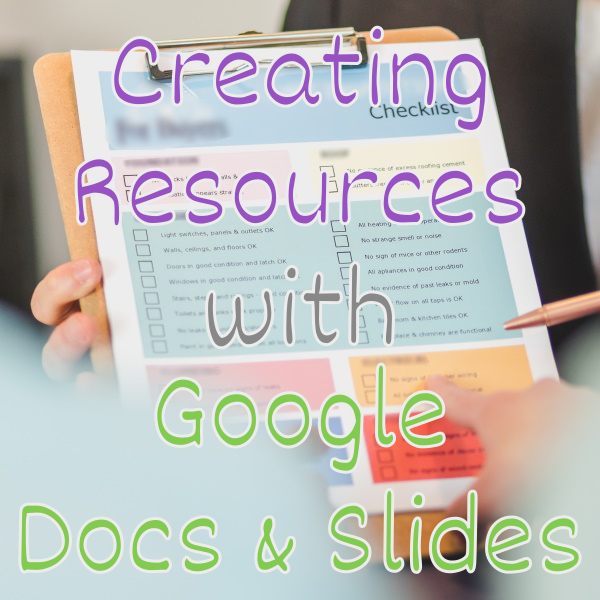Introduction
Creating an engaging online course is one thing; ensuring that your students complete it is another. As a course creator, you want to gauge the interest level of your course and track your student’s progress.
Are you facing challenges with student completion rates? In this lesson, we will explore progress indicators to help you keep your students motivated and engaged. By gamifying your online courses, you can encourage more students to complete them.
This lesson focuses on progress indicators for online courses. We will cover what they are, why you should use them, how to implement them for students and teachers, provide an example, and conclude with our top tips.
Challenges course creators face when they do not use online course progress indicators:
- They will not be able to track the progress of their students as they take the online course
- They will not know if the students are interested in their online course and if they’re moving ahead
- They will not know what they need to improve to make their courses better
- Course creators will not know when and how to render help to students who don’t need it
- Their courses will not be interactive and satisfying for students
Video Lesson – Learn How To Keep Your Students Motivated
Who Can Use?
Course progress indicators can be utilized by nearly any teacher or professional to enhance student interest and boost overall revenues from their online courses.
- To draw insight from the reaction of students to their online courses and know if their courses are doing well or not
- To know where the students are lacking and find a way to improve that aspect of their course
- To review the progress of students and know where to help them with any form of issue. Whether technical or otherwise
This can work for a wide range of professionals like graphic designers, bloggers, and proofreaders.
What Is It?
A progress indicator visually demonstrates to students their current position and the remaining steps needed to complete the course. It typically appears as an icon, a number, a graph, or an animation, providing a clear indication of their progress toward the finish line.
Why Use It?
To keep students motivated, we can implement a progress indicator that shows them their current position and the remaining steps to complete the course. As students make progress, they will see the indicator moving forward, step by step, lesson by lesson, and module by module. This visual representation will continuously encourage them until they successfully finish the course.

How-to Guide
Let’s dive into how to guide. The first is help for Students:
Help for Students
Motivation to Visualize Goal
From the student’s point of view, progress indicators help motivate them. It helps to visualize student goals. So, they see where they are and how many more steps it will take to get to the end of the course.
Gamify Like Finishing Game Levels
Next, from a student’s point of view, when you have these progress bars or these levels, it gamifies everything. It’s like finishing game levels.
So you encourage them to get to the next level, see that progress bar, and move up to the end. That would be very helpful. That’s very encouraging for students taking a course. Especially if you distribute your modules and you break up your lessons into bite size. Five minutes here, 15 minutes there, so that they can make progress.
Update Status after Every Lesson
The progress bar or indicator will be updated after each lesson completion. This update can include sound effects and animations, such as a popping or bubbling effect, to signify progress and achievement. This approach is like unlocking an achievement in a game, making students feel accomplished and motivated to continue.
After reaching a new level, they might feel encouraged to take a break, go for a walk, and then come back to tackle the next lesson. This gamified approach enhances the learning experience, making it more enjoyable and rewarding for students.
Get Emails about Status
You can also use the progress status to send emails. Maybe students know that they’re at 60%. So you can potentially send them a different reminder that they’re almost there or “say, Hey, I see you haven’t started taking the course.” Is everything okay? I see you were struggling etc. So, you can use the progress to connect either automated or manual emails to your students.
Encourage Questions if Stuck
You can also use the progress status to encourage students to ask questions when they’re stuck. If they’re not making progress, they can reach out to you with a direct message on the community, in the chat room, email, et cetera.
As a teacher, observing the progress allows you to intervene if you notice a lack of advancement. You can gently remind students that they can reach out for help at any point. This approach helps students stay aware of their progress and encourages them to seek assistance when needed.
They’re seeing how fast they’re moving at their speed. It could be a self-paced course, But that’s okay. Nevertheless, they should be making progress even at their own pace.
Comparables with Classmates
The progress can also serve as a benchmark for students to compare their progress with their classmates. This gamified element is particularly useful in cohort groups or courses where a small number of students are progressing together. If most students are at 25% completion, but a few are only at 5%, it can indicate that the content might be too challenging for them.
This comparison allows for adjustments to be made. Students can allocate more time to the course, delve into extra resources, or revisit previous modules to strengthen their understanding. It enables students to self-assess and adapt their learning strategies accordingly. This self-assessment is especially beneficial when students are aware of their classmates’ progress, as it provides context and encourages them to stay on track.
Students Accelerate Near-End
As the course nears its end, students often accelerate their progress. Seeing that they are at 85%, for instance, can motivate them to complete one more module or lesson to reach the finish line.
Consistent progress in the beginning and middle of the course can also be encouraging. Progress indicators act as reminders and motivators, particularly as students approach the end. They help students maintain momentum, encouraging them to take small, steady steps and complete the course.
Help for Teachers
Now, from the teacher’s point of view, there’s a couple of benefits of having progress indicators.
Adds Interactivity for Engagement
Adding interactivity to your theme, structure, and layout can enhance engagement. Students can click on the progress indicator to track their progress. Whether they are actively taking a course or navigating through the curriculum, they can easily see their progress.
For instance, within a lesson, a smaller, more detailed progress indicator, akin to a fuel gauge in a car, can show their progress within that specific lesson. However, when they are outside of a lesson, browsing the curriculum, a larger progress bar can display their overall progress across all lessons and modules in the course. This provides students with a clear overview of their progress and encourages them to continue advancing through the course.
Track Course Progress from Start
Another thing that teachers benefit from is knowing that students have started taking their first lesson. They’ve logged in, that’s useful for teachers. Maybe a student forgot their password. Maybe they need tech support, or maybe they don’t even know where to start.
So just tracking that students have started. They’re not at 0 percent anymore. That’s really useful.
Find Out Where Students Get Stuck
As a creative course teacher or coach with a program, you’ll be able to identify where students encounter difficulties. If you notice that many students were previously stuck at 5% or 10%, or if there’s a common sticking point around 60%, it can signal a challenge with that particular material or a decrease in interest.
This insight allows you, as an online course teacher, to make necessary changes to the course content or structure. Identifying these patterns helps you address issues and improve the overall learning experience for your students.
Identify Weak Content & Resources
You’ll be able to pinpoint areas of weak content and resources. Perhaps the material became too challenging, students got lost, or the explanations needed more clarity or demonstrations instead of just slides.
As a teacher, you can analyze these aspects once you see how quickly students are progressing and where they might be struggling or getting stuck. This insight allows you to refine your course content and teaching methods to better support your students’ learning journey.
Can Celebrate Completion
As a teacher, you have the opportunity to celebrate your students’ achievements, no matter how small. Whether it’s acknowledging their completion of a module or congratulating them on finishing the entire online course, sending a message of recognition can be meaningful. This message can be in the form of a video, text, chat, or discussion board post—whichever feels most appropriate.
Monitoring their progress and receiving these alerts can be beneficial for you as a teacher. It allows you to stay connected with your students and follow up with them on what comes next in their learning journey.
Use Status to Open up New Content
Some teachers use progress status to unlock new modules, lessons, or courses in a multi-course program. Once students reach a certain level of progress, it can trigger the opening of a new course. This can be done in a drip course format, where content is released gradually, or as a bonus module at the end of the course.
Progress indicators can be used creatively to reveal new content and keep students engaged and progressing through your program. Whether done manually or automatically, these indicators can be a powerful tool in structuring and delivering your course content
Finishers can buy more programs
In conclusion, utilizing progress indicators for students can greatly enhance their motivation and help you track their progress, ultimately leading to more students completing your courses. When students complete your courses, they are likely to achieve better results and provide you with better ratings.
Furthermore, reaching the end of the course provides you with an opportunity to upsell and introduce them to the next level or program. It also allows you to potentially integrate them into a community. Ensuring that your students finish your courses is essential for continuing to offer them different services.
Progress bars, indicators, or circles can significantly contribute to keeping your students engaged, motivated, and motivated, gamifying the learning experience and guiding them to complete the course, thereby helping them achieve their goals.

Example: Different Course Progress Indicators
Now, let’s check out some different examples of progress indicators. So basically, you have some courses, and you have a bunch of creative students there. They’re taking their course. You have a theme or a layout. Here are some different options depending on your LMS and your configuration. It could be Kajabi, teachable, Thinkific, or Padia.
Here are some different ways that you can motivate your creative students with progress indicators. Remember, every theme is going to be specific to your project, or you might inherit a default theme, or you might really configure a very specific progress bar, or you might configure a very specific progress indicator based on your LMS. Whether it’s LearnDash or Moodle, or Thinkific, teachable, Kajabi, padia, Upcoach, all these different programs,
You’re going to have different kinds of LMS, and each of those LMSs has different configurations as you configure not only the curriculum view but also the lesson view. So you might have different options, but I just want you to think about it. So, you’ve learned about the different benefits of a progress bar.
So let me just kind of expand your mind with some other specific implementations So you can have a traditional progress bar. So this is what you see when you’re loading something, where there’s almost a thermometer, and it’s a horizontal thing, and it’s going from left to right.
As you’re making progress, you’re seeing that bar move forward, from filled in, not filled in, to completely filled in. By the way, some progress bars just have little tickers. Maybe the tickers are based on the modules, not the lessons. So instead of just having this empty thermometer, you can have the little tickers there that show as you’re making it through module one, module two, module three, et cetera.
Progress Bars
You can also have a progress bar that’s made up of stars, almost like a review. You have these five empty stars, and little by little, as you’re getting through, you can have one star, two and a half stars, three stars, and you’re making it all the way through. I don’t like to mix the metaphor of stars with progress, but you know, just like in school, where you might get a star for completing something.
There is that angle as well, but nevertheless, you could do a progress bar with stars and you’re showing that you have maybe 10 stars. You’re going from 0 to 10. So there’s different options there.
Another type of progress bar is showing a set of milestones. So you imagine these five circles that are interconnected and it’s almost like a road trip. So you’re at the beginning and every time you get to that next landmark, that next milestone, you get a check.
Over time, you’ll see your little map with the five steps checked off until you make it all the way through. So that’s another option, but any of these are great to just see the steps. I prefer to see markers and little steps with tickers instead of just the fluid zero to 100%. I like to see those.
Almost again, like a game. So you’re getting to level one, level two, level three, and then, that level 10 is the last level, and you’re trying to get there.
In addition to the traditional progress bars that are really horizontal, there are some progress circle animations that you might see or have access to. Some of them might blink, and as they go all around in a circle, you may see some of them when pages are loading.
You can have that or maybe you have a progress bar that loops aroundmso that you finish a circle. It’s almost like a clock. So where are you? Are you 1 out of 5, 2 out of 5, 3 out of 5? Thanks for watching! So the progress bar could help you there.
Progress Circles
Finally you could use a pie graph type progress circle. You’re simply showing where in the beginning you have a hundred percent to do and little by little that pie graph is updating. It only has two parts. The part that’s done and the part that’s to do and you can use different animations to show those different steps.
You can also have tickers but even something like that helps you get going and helps keep students motivated. Again, you can also probably style your various progress bars and progress circles with the appropriate colors. Some of it might be based on your theme and your logo and your branding. Some of it could be just traditional psychology. Green, yellow, red, gold, things like that.
If you want to level up, try a small step, like adding progress indicators to your online courses. It could be in the curriculum view, in the lesson view, or after every lesson. However, if your system has it, turn it on so that you can see it. It is really going to help students stay motivated and complete more courses.
FAQ about Online Course Progress Indicators

Summary – Online Course Progress Indicators
Progress Indicators have great motivation in the beginning, especially at the end when students are almost done. Finally from the teacher’s point of view, it gives you all sorts of good Information so that you can tweak your course and also at the different milestones you can interact with students to celebrate them, to help them and to keep them going to maybe other programs.
Tips for creative online course creators when using online course progress indicators
- There’s a visual status of the progress of students during online courses
- Online course progress indicators motivate students
- Gamifying progress indicators encourages students to keep going
- Using progress indicators tell the teacher if the course is interesting
- Progress indicators tell teachers where they need to improve in their online course
You should be a little more smarter now. Thanks for hanging out!
Please subscribe to get more tips for creative online course teachers.
More Tips For Online Teachers
These lessons can also help you with Education and Course Content:
- Using Cohorts for Your Online Courses
- Responsive Web Design For Online Courses And Communities
- Video Hosting Options For Online Courses
- Planning New Online Courses Using SWOT Analysis











